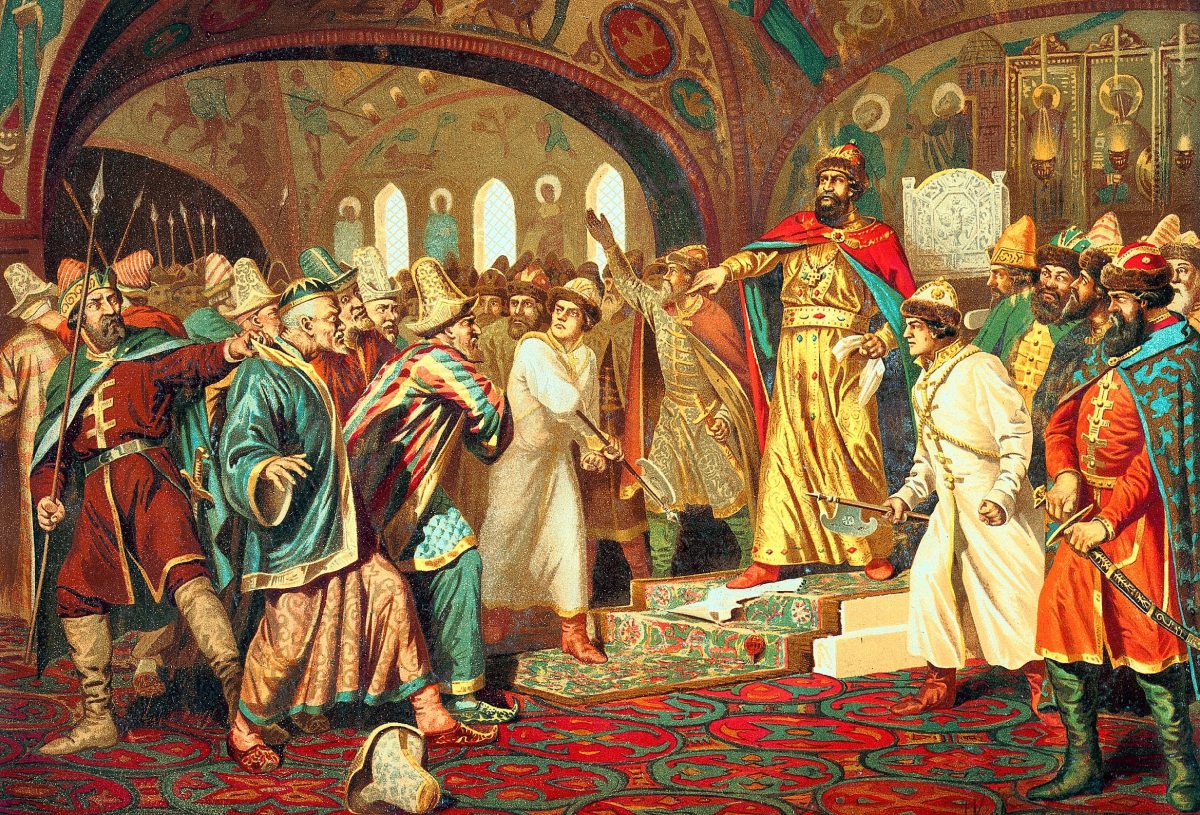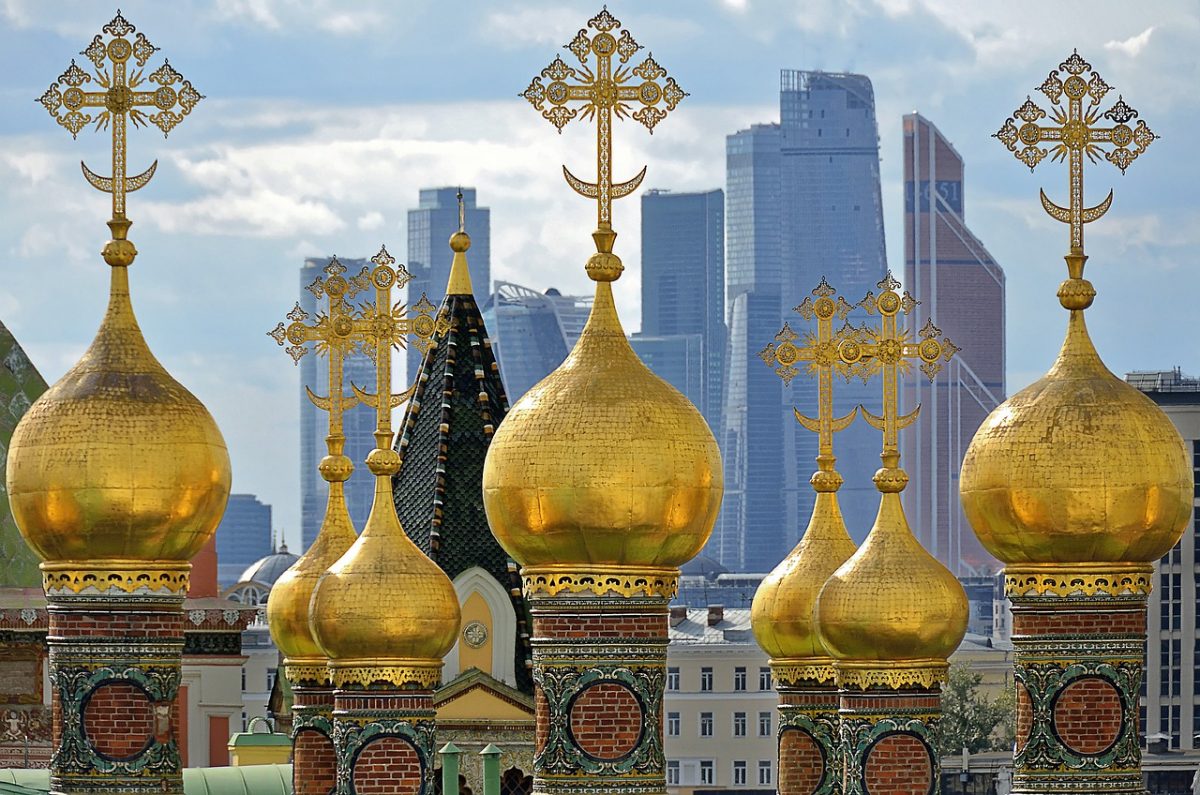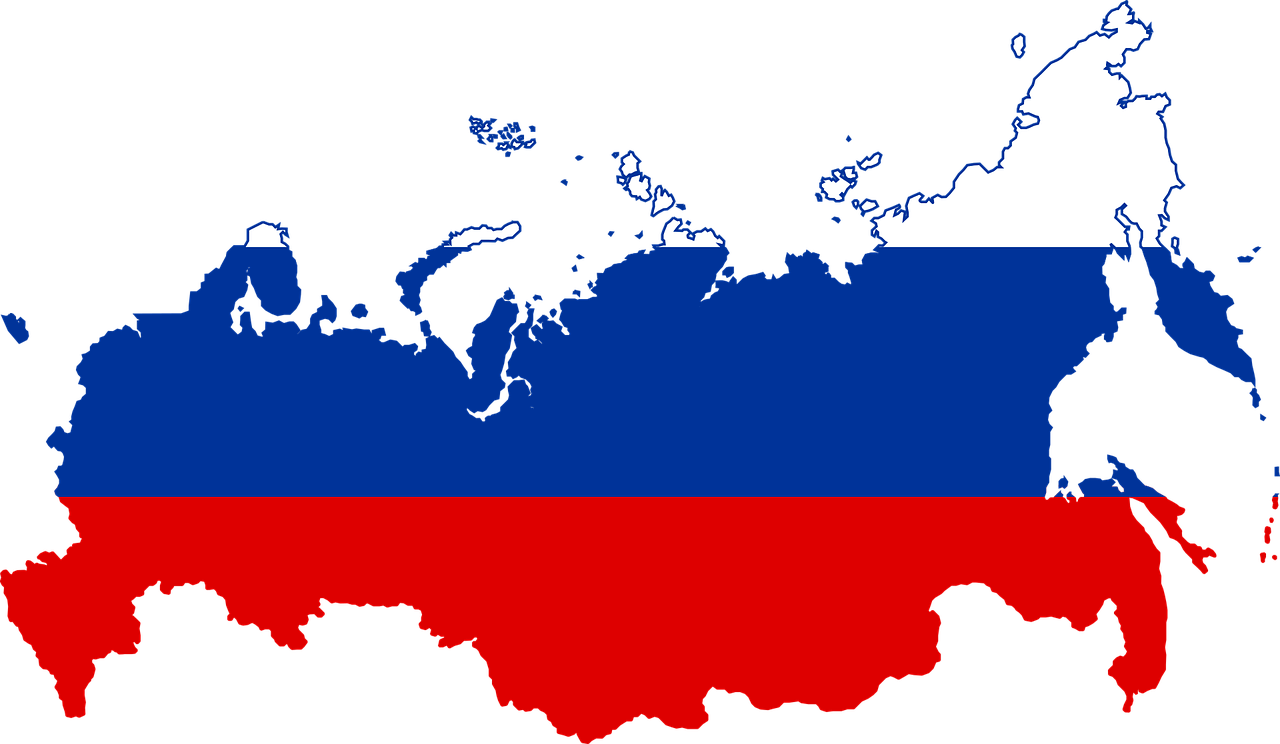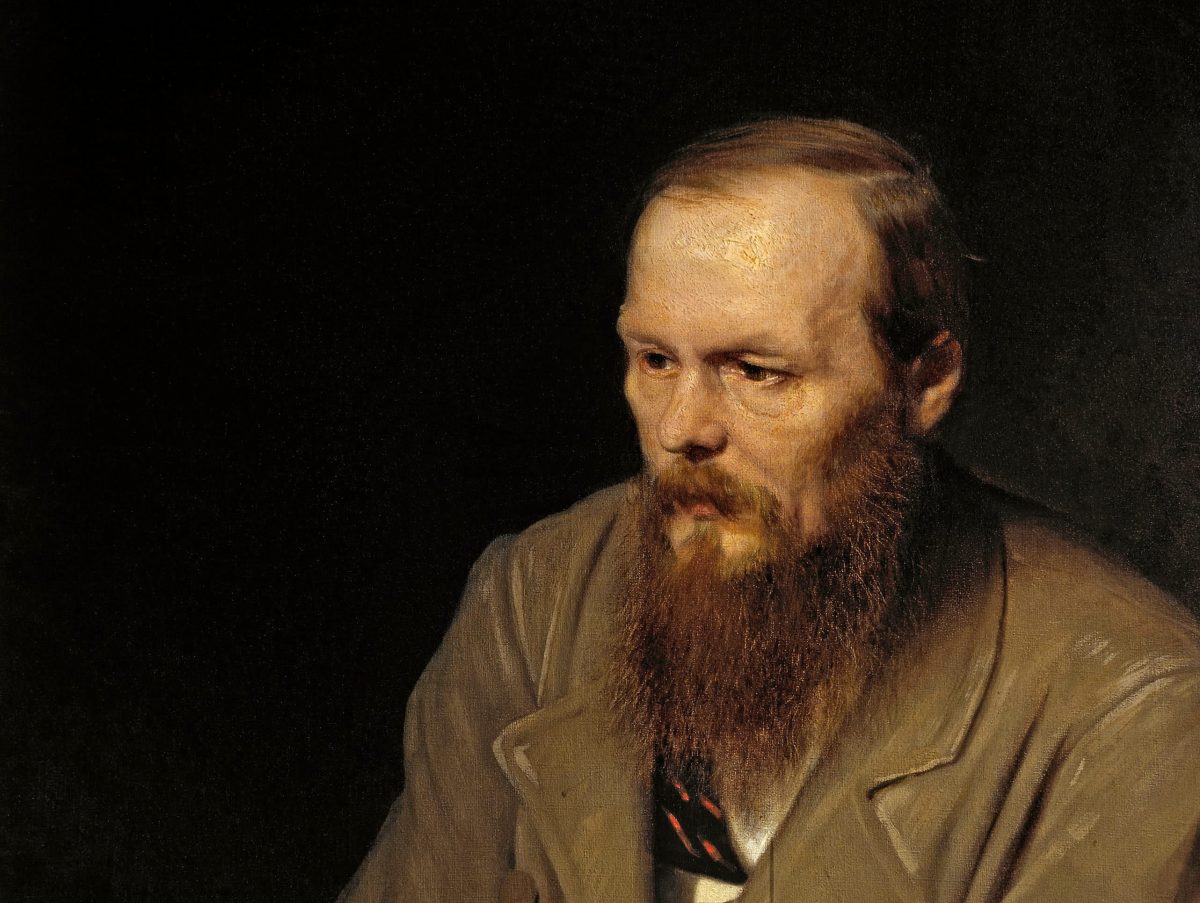In the 13th century, Moscow was the capital of a small state which paid tribute and provided forced labor to the Khans of the Golden Horde, Tatar masters of an area stretching from eastern Europe to Siberia. Over time the Muscovite princes gradually expanded their territory until they gained independence under Ivan III, known as Ivan the Great.
Ivan the Great was born in Moscow in 1440. He came from a generation of Moscow’s grand dukes. His father was Vasily II the Dark, a name he was given during the civil war when he was blinded by his cousin Dmitry Shemyaka in his attempt to acquire power. To secure his son’s succession, Vasily declared Ivan co-ruler at only six years of age. At twelve, Ivan was married to Maria, princess of the principality of Tver.
Their marriage facilitated the annexation of Tver, which had been Moscow’s major rival since 1300. During the ten years before his father’s death, Ivan stayed by his side, participating in all his dealings and crusades.
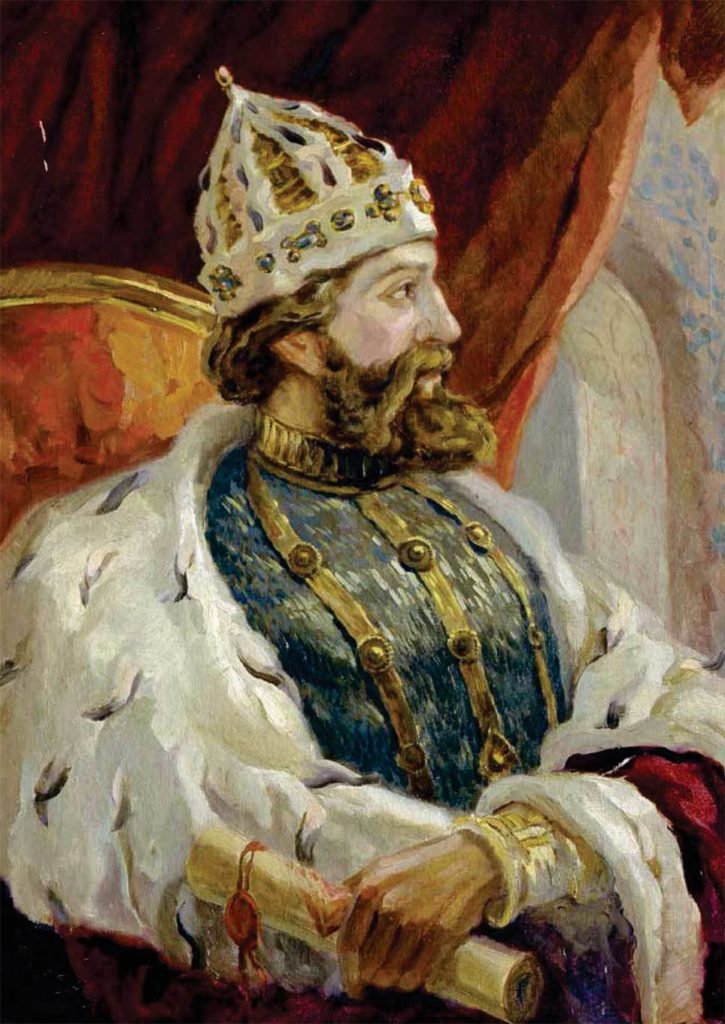
He was already an experienced prince with solid character and the capacity to deal with complex governmental questions when he took the throne at 22. However, the first five years of his reign were uneventful.
In 1470 Ivan the Great launched a war against the Novgorod princedom, which he conquered and annexed in 1478, thereby acquiring all of northern Russia from Lapland (now Finland) to the Ural Mountains. He further increased his domain by conquest, purchases of surrounding sovereign territories, or using his diplomatic talent to extract allegiance from weaker princes.
As a result of two wars with Lithuania (1492 and 1500), he forced Alexander I, the ruler of that country and king of Poland, to give up a score of towns. Ivan III became the ‘gatherer’ of Russian land and tripled the territory of his state.
During that time, Moscow was still a part of the Mongol Tatar Empire of the Golden Horde and, for over two centuries, was nominally expected to pay tribute to the Tatar rulers. Though the Mongol Horde was already weakened by this time, Ivan the Great formally refused in 1480 to pay further tribute. The Mongols did not have the strength or even the will to respond.
The Horde’s last khan, Amed, made a token attempt to make Ivan comply, but the two armies just stood opposite each other on the Ugra River, and no battle was ever fought. Instead, both sides retreated, and the tribute was never again demanded.
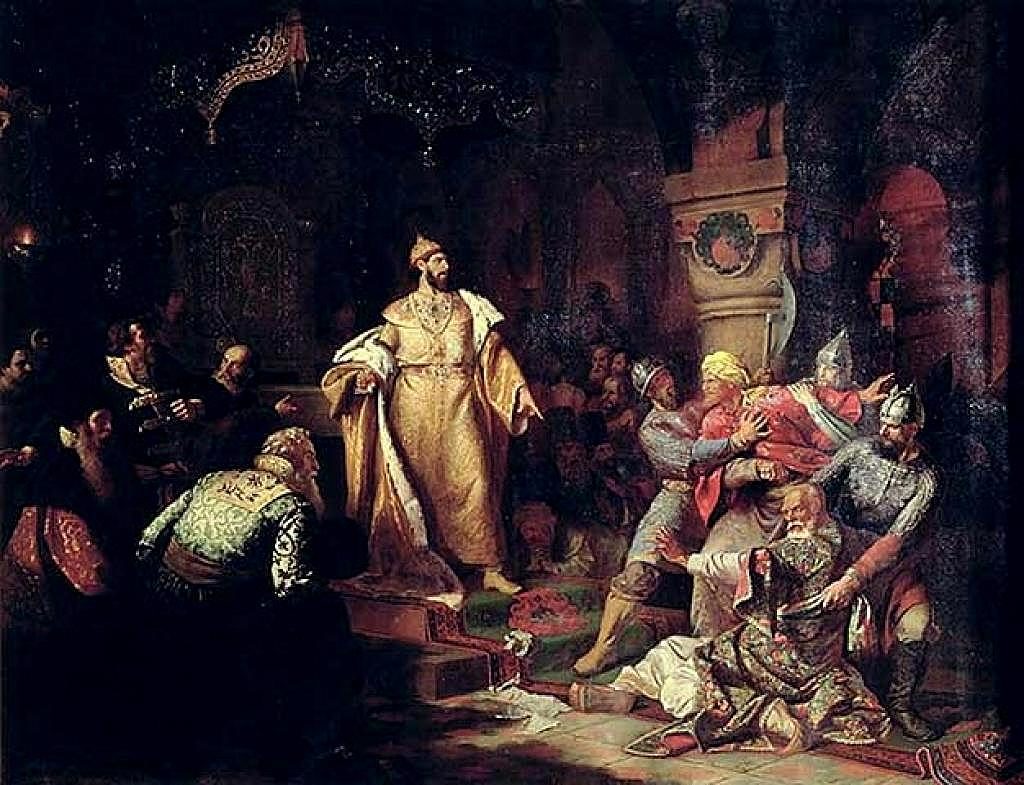
After Constantinople had fallen because of The Ottoman Empire, Moscow was called “The Third Rome” Thanks To Ivan The Great, who refused to continue to tribute to the Mongols, Russia became free. However, he had established Absolute Rule and had continued to expand eastward.
They began their acts of asking peasants, who were then known as Cossacks, to come live on their land for free, but this came to a cost: these Cossacks had to conquer the land themselves.
The unified Russian state played an increasingly visible role on the international scene: Ivan the Great established relations with Crimea (1474), Venice (1474), Hungary (1482), the German empire (1489), Denmark (1493), and the Ottoman Empire (1496).
Moreover, to meet the needs of his expanded state, Ivan the Great began to recruit engineers and military specialists from the West. Italian architects built the towers and walls of the Kremlin in the 1480s and 1490s. It remained one of the most visible material signs of Ivan III’s reign.
The Orthodox monk Philotheus (Filofei) called Moscow the Third Rome for the first time. In 1523-1524 he wrote letters to the Grand Duke of Moscow urging him to fight against heresies. In the monk’s view, the Duchy of Moscow remained the last bastion of true faith.
“All the Christian kingdoms have come to an end and have converged in the single kingdom of our sovereign,” Philotheus wrote in one of the epistles. “Two Romes fell, a third stands, and there will not be a fourth one.”
The First Rome, according to Philotheus, is the real Rome – the capital of the Roman Empire – which brought together dozens of societies under its rule. In the 4th century AD, Christianity gradually became the dominant religion in the previously pagan empire, and Rome became the Christian capital of the world.
It was succeeded by Constantinople, the central city of the Byzantine Empire, where, after the Christian Church split into Roman Catholic and Eastern Orthodox (1054), Orthodox Christianity took root. According to Orthodox Christians, Catholic Rome fell, descending into heresy. Constantinople became the Second Rome, the capital of the genuinely Christian world.
After the Baptism of Rus in the 10th century, Russians recognized the authority of the Byzantine Emperor as the protector of all Christians. But several centuries later, the Second Rome also fell.
In 1453, the Ottoman Empire conquered Constantinople, weakened by political crises, and renamed Istanbul. Moscow, which in the 15th to 16th centuries gathered around itself the fragmented Russian lands, became the principal Orthodox Christian capital.
